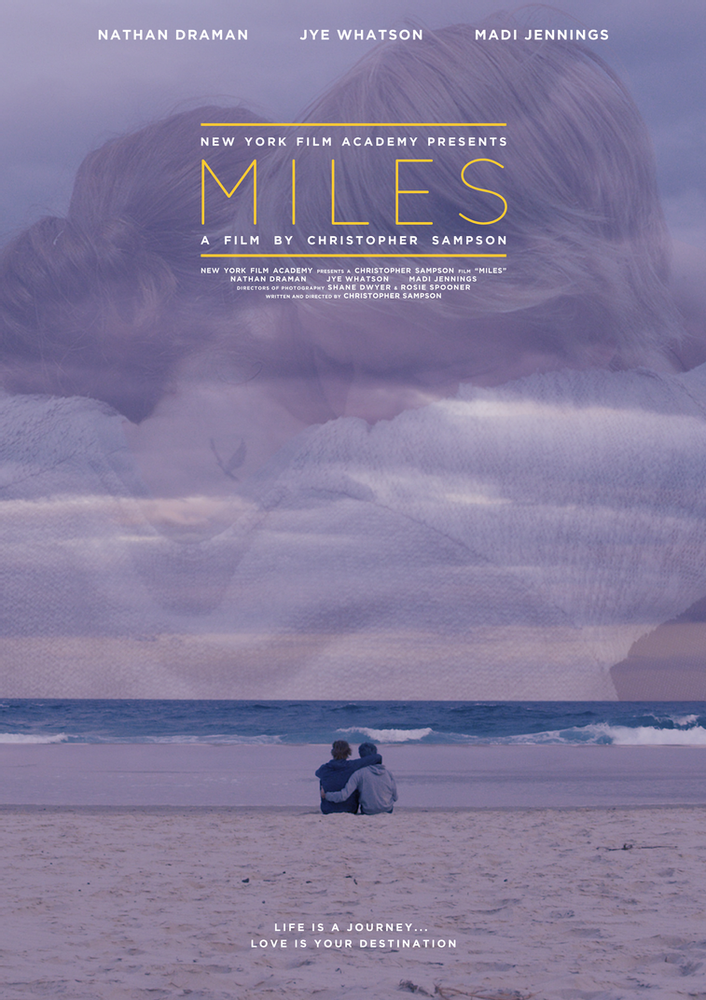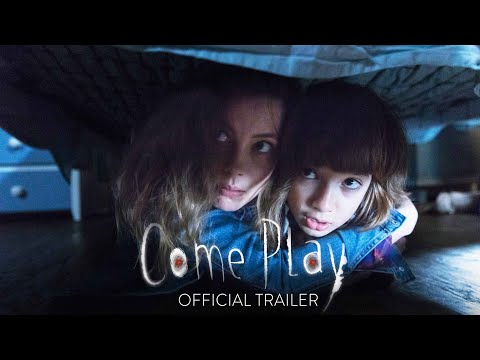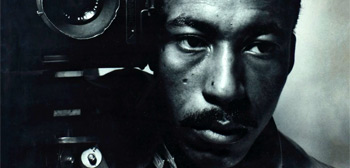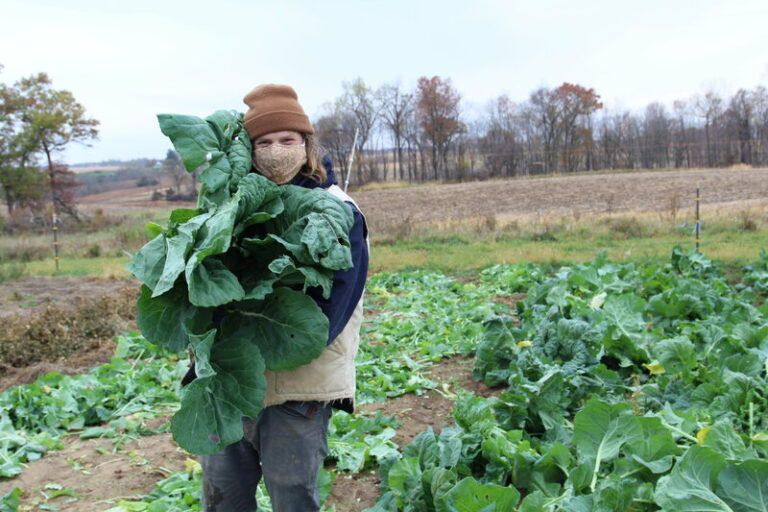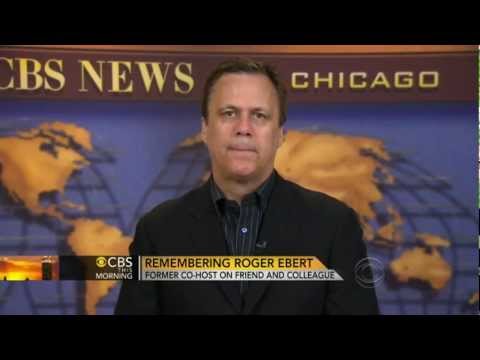A Pacifist Is Forced Into Violence in ‘Terror on the Beach’
Welcome to 4:3 & Forgotten — a weekly column in which Kieran Fisher and I get to look back at TV terrors that scared adults (and the kids they let watch) across the limited airwaves of the ’70s. This one is about the 1973 film, Terror on the Beach.
Two years after Dennis Weaver faced off against a mysterious killer playing road games along America’s highways in Steven Spielberg’s Duel (1975), he had the balls to get behind the wheel once again. Had he learned nothing from his encounter with the faceless menace? Had he forgotten that madmen have drivers licenses too? Let’s find out together as we spend 4th of July weekend avoiding the real beach and instead visiting a CBS Tuesday night movie from 1973, Terror on the Beach.
Where: CBS
When: September 18, 1973
Neil Glynn (Weaver) is looking to get away with his wife Arlene (Estelle Parsons), son Steve (Kristoffer Tabori), and daughter DeeDee (Susan Dey), so they pack the camper van and head for the coast. Some obnoxious jerks in a converted bus and a dune buggy harass them along the highway to the point of running them off the road, but the family carries on to their preferred spot alongside the beach and sets up camp. It’s not long before the aggressors return — they steal some food, intimidate the women, scare the family at night, call Neil Mister Whitebread, and soon it’s clear they’re not just looking for kicks, man. The Glynns are on their own, and they eventually realize that means the only ones who can save them from death by hippie are themselves.
When I first moved to the west coast it coincided with a terrifying double homicide of a young couple camping on Jenner Beach just north of California’s Bay Area. The case was unsolved for over a decade and always sat at the back of my mind whenever I went camping with friends. As fun and awesome as sitting around a campfire can be, there’s a real terror there too as your vision is typically obscured at night not too far beyond the fire — meaning that while you can’t see the bad guys, the bad guys can most definitely see you. The sequence here where the family sings around the fire before heading into bed only to be stopped cold by unseen voices in the darkness mocking their song? Well that’s creepy as hell. It’s also, sadly, the only truly unsettling scene in Terror on the Beach.
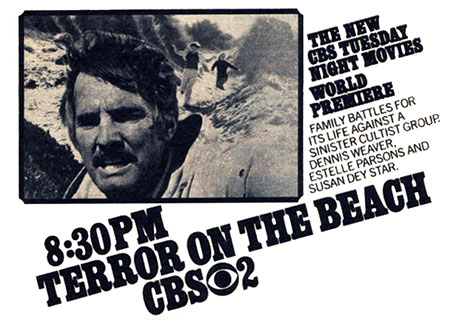
The conflict remains the heart of the film, but the script also seems eager to comment in a few social directions as well. First, and most obviously, is a minor critique of those damn dirty hippies. They’re aimless which in turn leads to violence, and the issue appears to be their false sense of family. After the Glynns capture one of the thugs, he seems enamored by seeing what a true family looks like, adding “That’s what Jerry said we were, but he didn’t know what it means.” Sick burn on Jerry the hippie. There’s also a minor bone tossed towards women’s liberation as DeeDee challenges her mom’s immediate rush to clean up after a dinner she made. The suggestion is that women are equal and worth every consideration than men receive, but the discussion is quickly shelved so that the women can run foolishly into danger and hope for rescue by the men.
The big one, though, and the movie’s apparent thesis, is in regards to the role pacifism plays when confronted by violence. Neil and Steve are at odds early on as the son is outwardly disappointed in his father’s lack of response to the harassment. The elder man thinks he can ignore the issue and wait for them to simply move on to harassing someone else, but Steve thinks otherwise. Sometimes you have to hit first, he says, before it’s too late. Dad can’t quite get behind that idea, whether due to principles or cowardice, but by the time his son is jumping atop moving dune buggies he’s forced to act whether he wants to or not.
Terror on the Beach never goes for the jugular, and while it doesn’t necessarily need to the result is a fairly tame encounter with some freeloading pricks. It unsettles a bit early on as there’s nothing fun about being harassed by a group of strangers, but it’s made clear too soon that these villains are more bark than bite. Still, Dennis Weaver 2, menacing thugs on four wheels 0.
Turn the dial (okay fine just click here) for more 4:3 & Forgotten.
